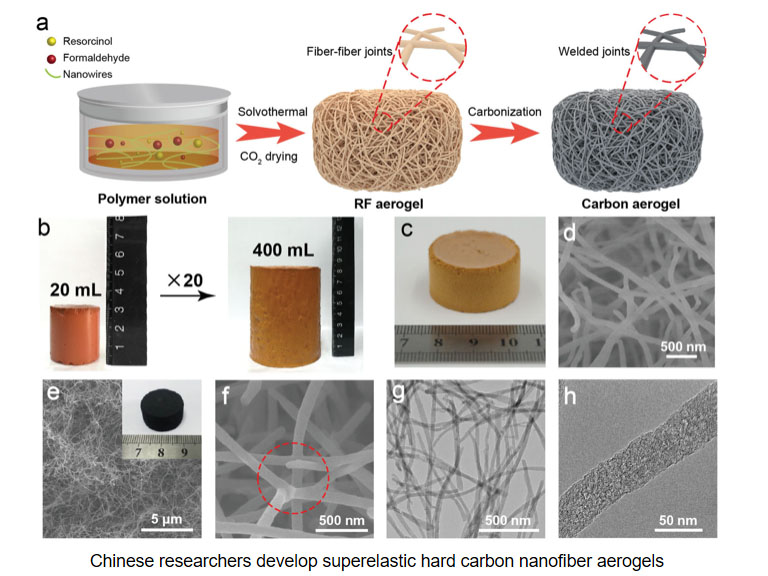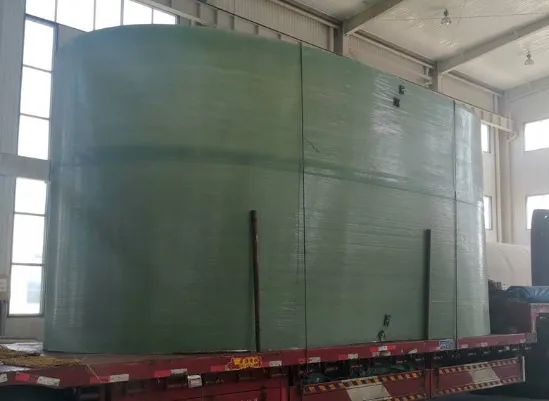
-
 Afrikaans
Afrikaans -
 Albanian
Albanian -
 Amharic
Amharic -
 Arabic
Arabic -
 Armenian
Armenian -
 Azerbaijani
Azerbaijani -
 Basque
Basque -
 Belarusian
Belarusian -
 Bengali
Bengali -
 Bosnian
Bosnian -
 Bulgarian
Bulgarian -
 Catalan
Catalan -
 Cebuano
Cebuano -
 China
China -
 China (Taiwan)
China (Taiwan) -
 Corsican
Corsican -
 Croatian
Croatian -
 Czech
Czech -
 Danish
Danish -
 Dutch
Dutch -
 English
English -
 Esperanto
Esperanto -
 Estonian
Estonian -
 Finnish
Finnish -
 French
French -
 Frisian
Frisian -
 Galician
Galician -
 Georgian
Georgian -
 German
German -
 Greek
Greek -
 Gujarati
Gujarati -
 Haitian Creole
Haitian Creole -
 hausa
hausa -
 hawaiian
hawaiian -
 Hebrew
Hebrew -
 Hindi
Hindi -
 Miao
Miao -
 Hungarian
Hungarian -
 Icelandic
Icelandic -
 igbo
igbo -
 Indonesian
Indonesian -
 irish
irish -
 Italian
Italian -
 Japanese
Japanese -
 Javanese
Javanese -
 Kannada
Kannada -
 kazakh
kazakh -
 Khmer
Khmer -
 Rwandese
Rwandese -
 Korean
Korean -
 Kurdish
Kurdish -
 Kyrgyz
Kyrgyz -
 Lao
Lao -
 Latin
Latin -
 Latvian
Latvian -
 Lithuanian
Lithuanian -
 Luxembourgish
Luxembourgish -
 Macedonian
Macedonian -
 Malgashi
Malgashi -
 Malay
Malay -
 Malayalam
Malayalam -
 Maltese
Maltese -
 Maori
Maori -
 Marathi
Marathi -
 Mongolian
Mongolian -
 Myanmar
Myanmar -
 Nepali
Nepali -
 Norwegian
Norwegian -
 Norwegian
Norwegian -
 Occitan
Occitan -
 Pashto
Pashto -
 Persian
Persian -
 Polish
Polish -
 Portuguese
Portuguese -
 Punjabi
Punjabi -
 Romanian
Romanian -
 Russian
Russian -
 Samoan
Samoan -
 Scottish Gaelic
Scottish Gaelic -
 Serbian
Serbian -
 Sesotho
Sesotho -
 Shona
Shona -
 Sindhi
Sindhi -
 Sinhala
Sinhala -
 Slovak
Slovak -
 Slovenian
Slovenian -
 Somali
Somali -
 Spanish
Spanish -
 Sundanese
Sundanese -
 Swahili
Swahili -
 Swedish
Swedish -
 Tagalog
Tagalog -
 Tajik
Tajik -
 Tamil
Tamil -
 Tatar
Tatar -
 Telugu
Telugu -
 Thai
Thai -
 Turkish
Turkish -
 Turkmen
Turkmen -
 Ukrainian
Ukrainian -
 Urdu
Urdu -
 Uighur
Uighur -
 Uzbek
Uzbek -
 Vietnamese
Vietnamese -
 Welsh
Welsh -
 Bantu
Bantu -
 Yiddish
Yiddish -
 Yoruba
Yoruba -
 Zulu
Zulu
Jan . 28, 2025 03:28
Back to list
frp grating
Fiber Reinforced Plastic (FRP) grating has emerged as a vital component in various industries owing to its outstanding durability, resistance to corrosion, and lightweight properties. These gratings are synthesized by combining resin and fiberglass, providing a significant advantage over traditional materials such as steel. In our quest to understand why FRP grating is receiving increasing attention, we delve into real-world experiences, expertise-driven insights, authoritative industry standards, and trustworthiness in this versatile product’s application.
Trustworthiness, an indispensable part of the FRP grating selection, is reflected through long-term partnerships with reputable suppliers and manufacturers. Client testimonials and case studies serve as powerful endorsements, where real-life installations have met or exceeded expectations under demanding conditions. Suppliers who furnish installation advice, post-installation reviews, and provide warranties further reinforce trust among consumers, assuring them of responsible and supportive involvement throughout the product lifecycle. In practice, the installation of FRP gratings, when carried out by experienced professionals, ensures precision and maximizes longevity. Installation protocols—such as proper cutting, sealing, and fastening—are crucial for maintaining the structural and aesthetic attributes of the grating. Additionally, correct installation minimizes potential risks associated with misalignment or inadequate support, factors that could otherwise impair performance. Recent innovations in resin formulations also contribute to the enhanced capabilities of FRP gratings. Advanced resins offer improved fire retardancy, UV resistance, and color stability, further broadening the scope of applications where FRP can be effectively employed. This continuous evolution of material science fortifies the position of FRP gratings as a forward-thinking choice for industries focused on sustainability and safety. To conclude, the compelling advantages of FRP gratings, validated through experiential insights, supported by specialized expertise, corroborated by authoritative standards, and manifested in trusted applications, underscore their essential role in modern industrial infrastructures. By consistently aligning with these key indicators of Experience, Expertise, Authoritativeness, and Trustworthiness, FRP gratings not only stand as an innovative material solution but also as a testament to the progress in addressing some of the most challenging environmental and operational demands faced by industries today.


Trustworthiness, an indispensable part of the FRP grating selection, is reflected through long-term partnerships with reputable suppliers and manufacturers. Client testimonials and case studies serve as powerful endorsements, where real-life installations have met or exceeded expectations under demanding conditions. Suppliers who furnish installation advice, post-installation reviews, and provide warranties further reinforce trust among consumers, assuring them of responsible and supportive involvement throughout the product lifecycle. In practice, the installation of FRP gratings, when carried out by experienced professionals, ensures precision and maximizes longevity. Installation protocols—such as proper cutting, sealing, and fastening—are crucial for maintaining the structural and aesthetic attributes of the grating. Additionally, correct installation minimizes potential risks associated with misalignment or inadequate support, factors that could otherwise impair performance. Recent innovations in resin formulations also contribute to the enhanced capabilities of FRP gratings. Advanced resins offer improved fire retardancy, UV resistance, and color stability, further broadening the scope of applications where FRP can be effectively employed. This continuous evolution of material science fortifies the position of FRP gratings as a forward-thinking choice for industries focused on sustainability and safety. To conclude, the compelling advantages of FRP gratings, validated through experiential insights, supported by specialized expertise, corroborated by authoritative standards, and manifested in trusted applications, underscore their essential role in modern industrial infrastructures. By consistently aligning with these key indicators of Experience, Expertise, Authoritativeness, and Trustworthiness, FRP gratings not only stand as an innovative material solution but also as a testament to the progress in addressing some of the most challenging environmental and operational demands faced by industries today.
Next:
Related Products









